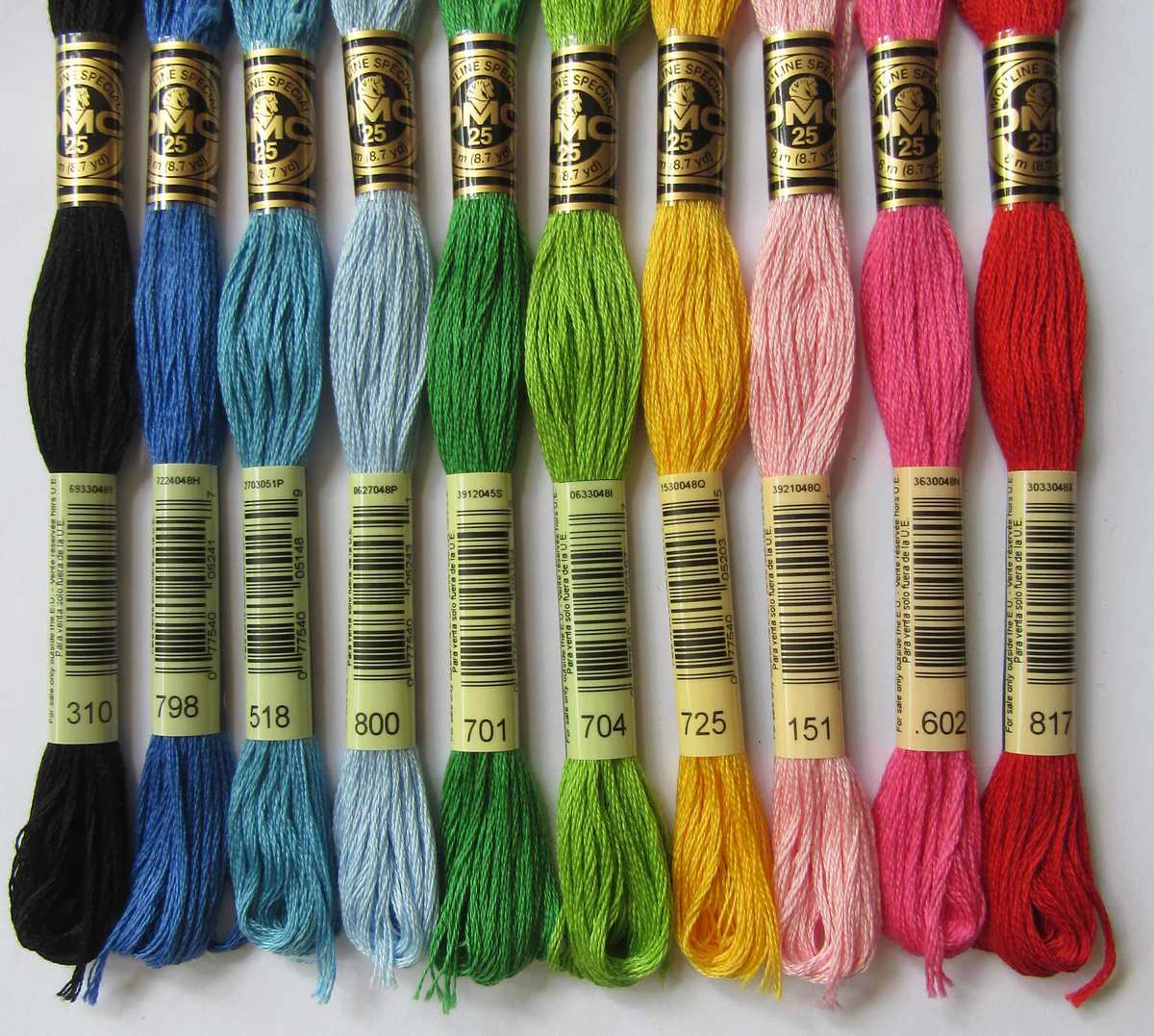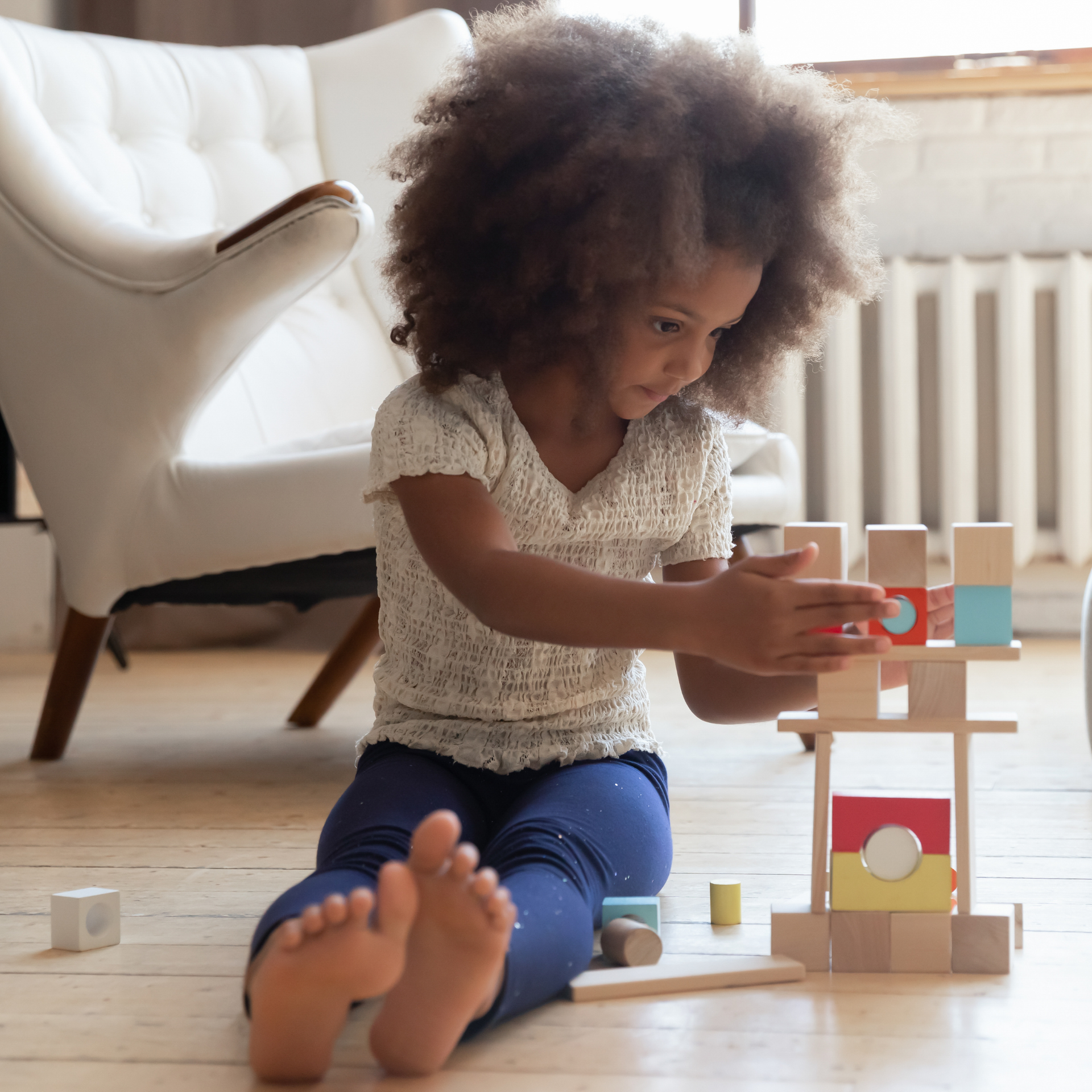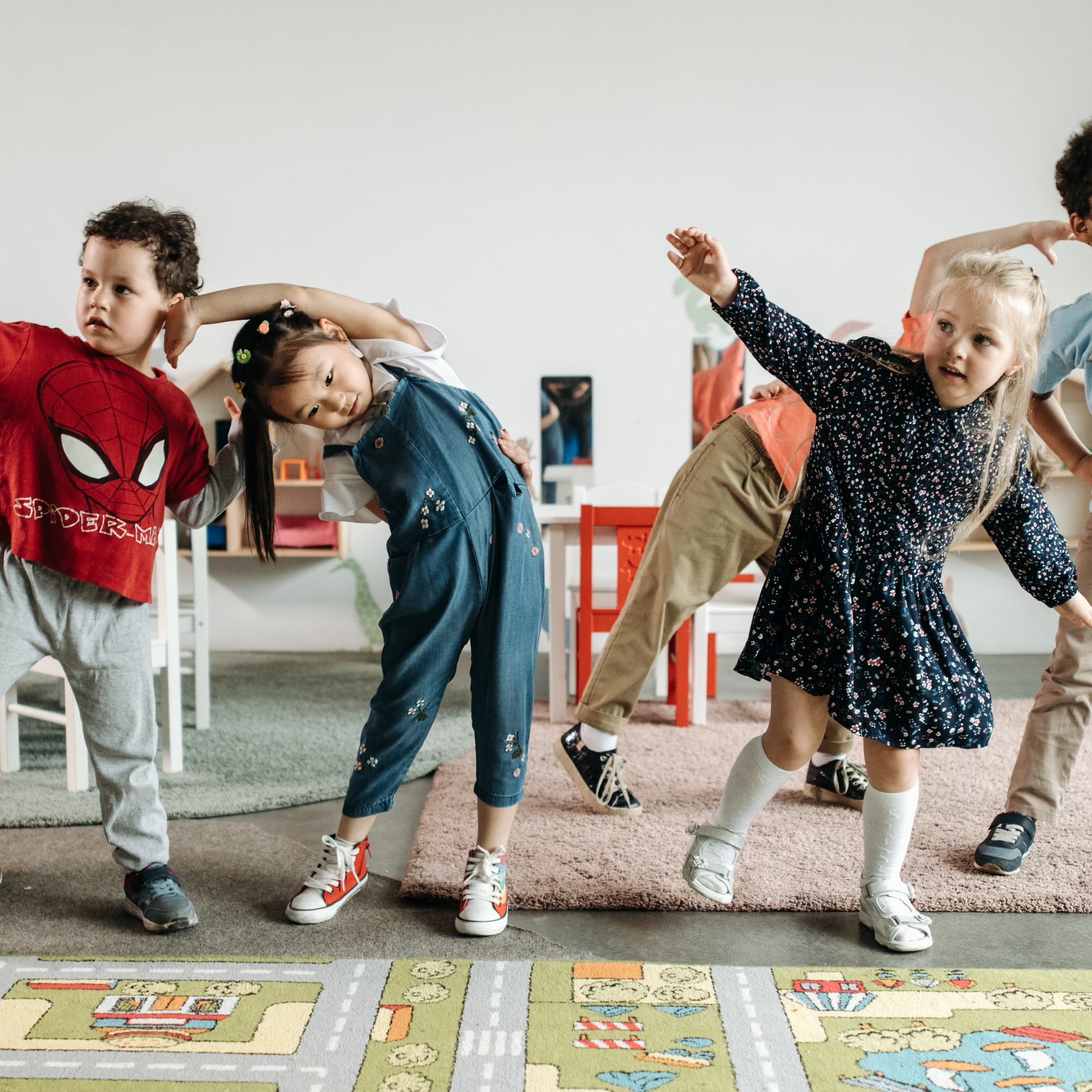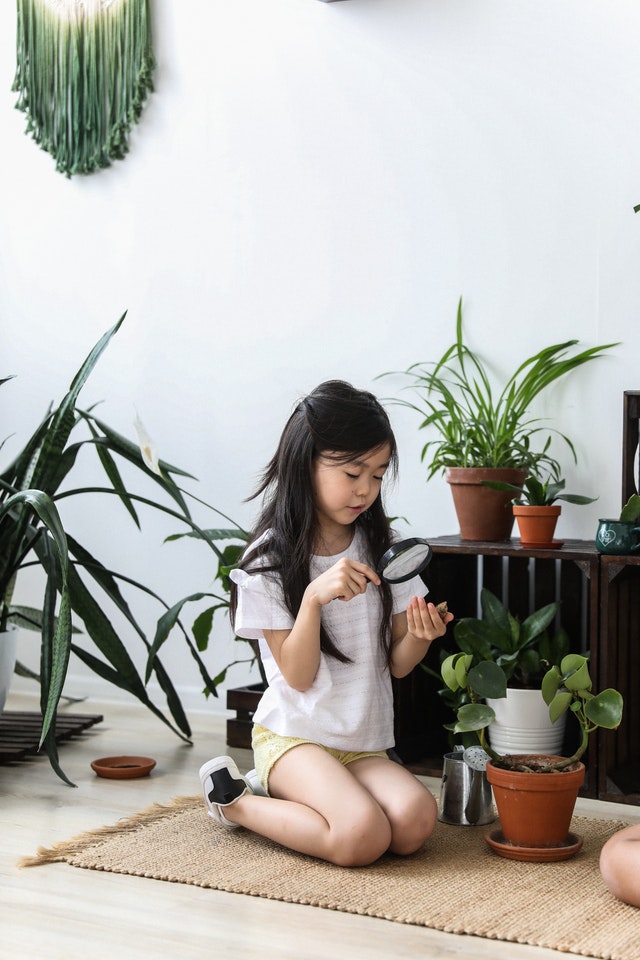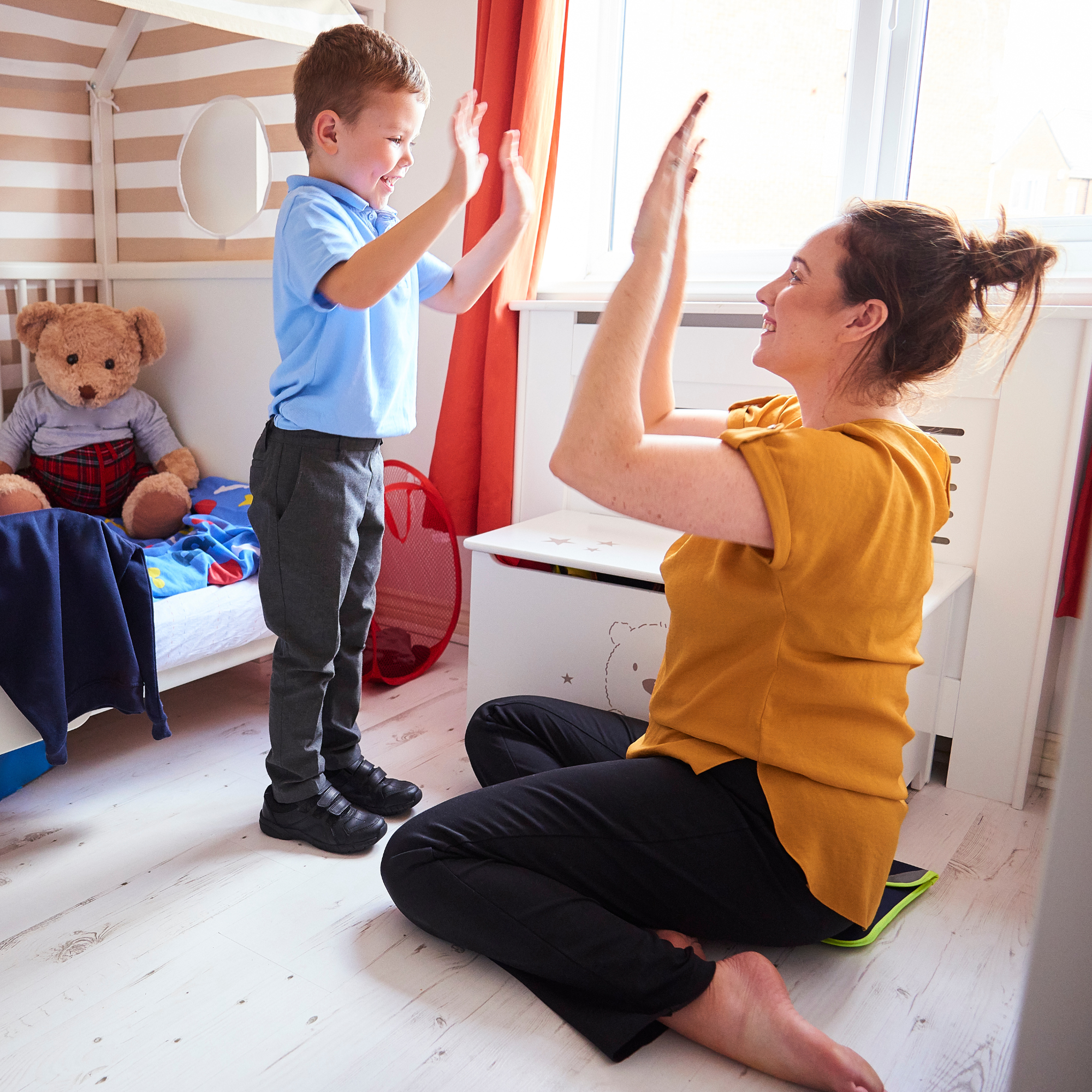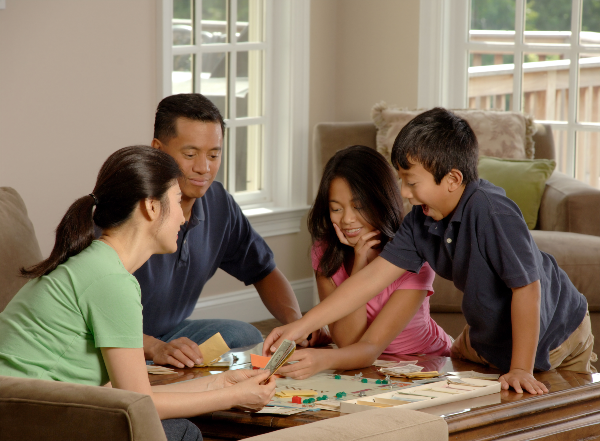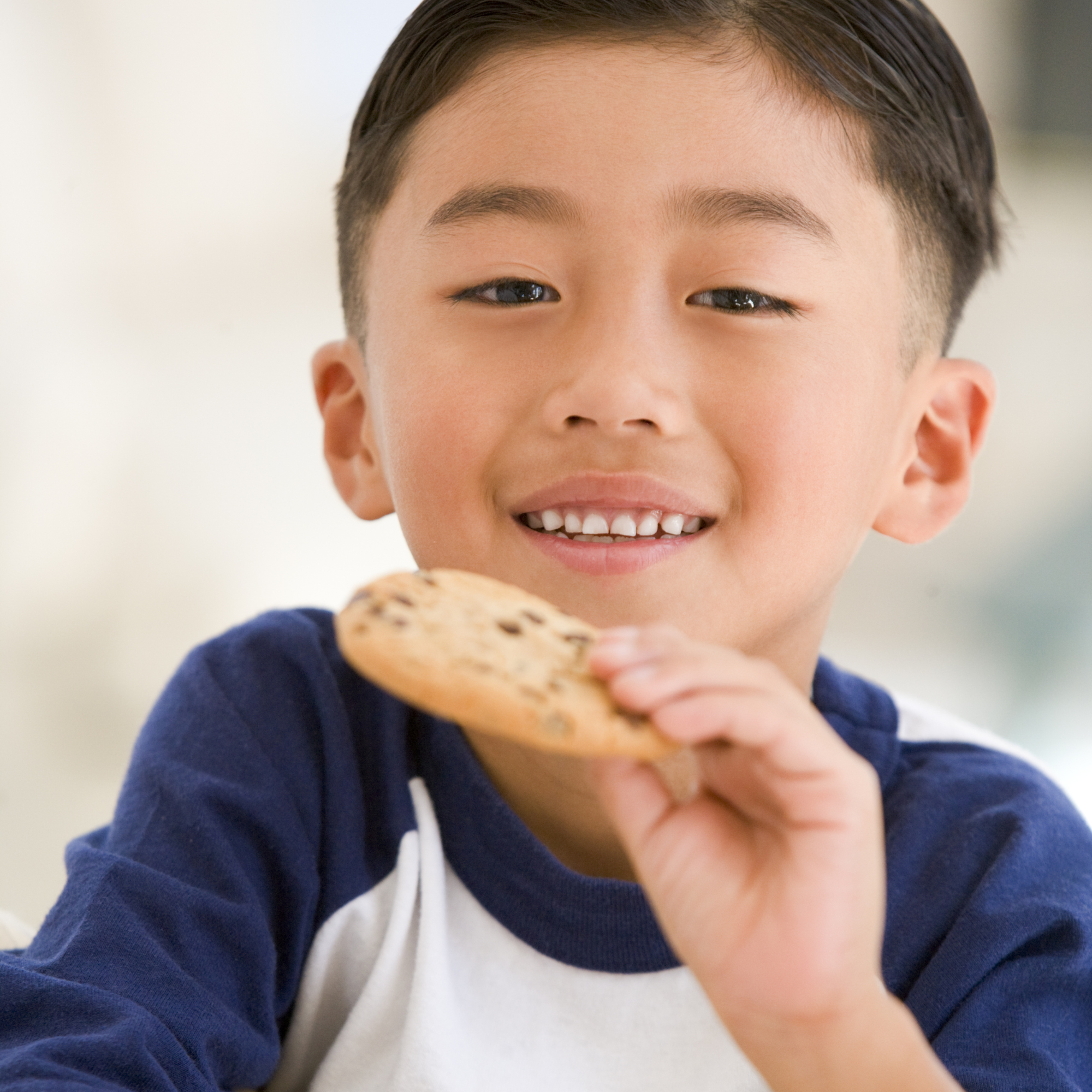It’s summer, the sun is shining, and it’s the perfect time to shout a joyful “Happy Summer!” Summer evokes memories of beach trips, barbecues, and late-night ice cream runs. For others, it’s about creating new traditions and adventures. At Graham Behavior Services, we believe summer is a fantastic opportunity for fun and learning.
That’s why we’ve created a family-friendly summer bucket list packed with fun and engaging activities that also incorporate Applied Behavior Analysis (ABA) learning techniques. This list is diverse, flexible, and adaptable to different interests and needs.
Here are some creative summer activities for families to make the most of the season while reinforcing essential skills with ABA summer activities:
👚 Tye-Dye Day
 What you need: White t-shirts and tie-dye colors.
What you need: White t-shirts and tie-dye colors.
How Can I Incorporate ABA into Tye-Dye Day?
- Following Multi-Step Directions: Give instructions like, “Lay your clothing flat, pick out your colors, and put your gloves on.”
- Expressive Color Identification: Practice color identification with younger children. For example, “What color is this?” while holding up a colored item.
- Fine Motor Skills: Opening dye packages, screwing tops on and off, twisting shirts, and applying rubber bands all enhance fine motor skills.
🪁 Fly a Kite at the Beach
What you need: A kite!
How Can I Incorporate ABA into Flying a Kite at the Beach?
- Following Multi-Step Directions: Follow written instructions on the kite package or give verbal cues like, “Find a secluded spot, open your kite, unroll the string.”
- Self-Awareness: Be aware of personal space and noise levels in public.
- Safety: Practice parking lot safety and set boundaries near the ocean. “Remember, we look both ways before crossing the street,” and “We don’t go by the ocean without an adult.”
🌈 Do an At-Home Science Experiment
What you need: Skittles, a shallow dish or bowl, and warm water or milk, dropper.
How can I incorporate ABA into an at-home science experiment?
- Expressive Identification of Items: Ask your child to show you items related to the project, like “Show me the scissors” or “Get the cup of water.”
- Following Multi-Step Directions: Have your child follow the experiment’s directions, either verbally or through reading.
- Auditory Comprehension/Listening Skills: Ensure your child is attentive when you give instructions.
Skittles Rainbow Experiment: Arrange Skittles in a pattern on a plate’s perimeter, then add warm water to the center and watch the colors separate!
How to:
- Gather all materials.
- Arrange Skittles along the plate’s perimeter in any color order or pattern.
- Use a dropper or straw to drop warm liquid into the plate’s center until it reaches the Skittles.
- Wait and watch the colors create cool swirls and lines!
🎨 Driveway/Sidewalk Chalk Art
What you need: Chalk!
How can I incorporate ABA into outside chalk art?
- Fine Motor Skills: Correctly grabbing and holding the chalk while drawing and opening the chalk packaging.
- Receptive and Expressive Color Identification: Ask for specific colors of chalk or ask your child to identify the color of the chalk you are holding.
- Safety: Review safety rules, such as what to do if the chalk rolls into the street.
🍫 Bonfire & S’mores Night
What you need: A small campfire or gas fire pit, graham crackers, chocolate bars, marshmallows, and skewers.
How can I incorporate ABA into a bonfire/s’mores night?
- Safety: Establish safety rules, such as “An adult starts the fire and will tell you when it’s safe to come sit down closer.”
- Waiting: Practice waiting for an adult’s signal to approach the fire, roast marshmallows, and remove them from the stick.
- Attending: Ensure your child pays attention to instructions for a safe and smooth s’mores-making experience.
🧺 Lunch Picnic
What you need: Blanket, food, drinks, utensils, and a basket/bag.
How Can I Incorporate ABA into a Lunch Picnic?
- Following Multi-Step Directions: “Lay the blanket flat, open the basket, and take out your lunch!” or “Stand up, open the basket, and put your materials back in to go home.”
- Spatial Awareness: Maintain appropriate distance from other picnickers, walking trails, or dog areas.
- Safety: Focus on crossing the street and traveling through a parking lot. You can remind the child of “safety rules” before getting out of the car such as, “Remember we stop at the curb and look both ways before we cross the street.” Or, “We always hold hands/stay together when walking through a parking lot.”
🍿 Family or Friend Movie Night
 What you need: Snacks, a movie, and a TV or projector.
What you need: Snacks, a movie, and a TV or projector.
How can I incorporate ABA into a family movie night?
- Tolerating a movie of someone else’s choice: Remind children that everyone gets a turn to choose the movie and create a schedule.
- Attending to a movie: Teach appropriate behavior while watching with others.
🫙 Catch Fireflies
What you need: A glass jar with a lid (with air holes!).
How can I incorporate ABA into catching fireflies?
- Following Two-Step Directions: “Put your shoes on and grab your firefly container,” or “Put on bug spray, then you can go outside.”
- Attending to the Environment: Be aware of surroundings, including backyard boundaries, decks, pools, and swing sets.
🐚 Collect Sand & Seashells
What you need: A glass jar or vase, seashells, beach or colored sand.
How can I incorporate ABA into collecting seashells?
- Shape Identification: Practice identifying shell shapes and sizes, such as “Show me the biggest shell,” or “Which shell is smaller?”
- Natural Two-Step Directions: “Pick up the shells you like and put them into your bucket.”
- Attending to the Activity: Stay focused on the task and follow the rules of the activity.
⛳️ Mini Golf Night
What you need: Your local mini-golf course!
How can I incorporate ABA into Mini Golf in the Community?
- Waiting: Practice waiting in line, for your turn, and to return materials.
- Safety: Stay with the group, avoid running, and do not swing the golf club or throw the golf ball.
- Social Skills: Use manners and offer positive statements to others.
🌻 Plant a Flower Pot
 What you need: A pot, potting soil, and a plant.
What you need: A pot, potting soil, and a plant.
How can I incorporate ABA into planting a flower pot?
- Social Interaction: Encourage interaction with the cashier or store employee.
- Following Multi-Step Directions: “Open your dirt, pour some into the pot, and dig a hole to put the flower in.”
- Follow-Up Care: Create a visual calendar or set an alarm to remember to water the flowers.
🍋 Have a Lemonade Stand
What you need: A small table and chairs, a tablecloth, a sign, lemonade, and cups.
How Can I Incorporate ABA into Having a Lemonade Stand?
- Following a Recipe: Provide a written recipe for making lemonade.
- Money Exchange: Practice money exchange and provide a cheat sheet for calculating change.
- Communication Skills: Use manners such as “please,” “thank you,” and “have a nice day.”
🍦 Go for Ice Cream
What you need: A trip to your local ice cream shop!
How can I incorporate ABA into going out for ice cream?
- Social Skills: Allow your child to independently interact with the employees of the ice cream shop.
- Money Exchange: Practice giving the correct amount of money and calculating change.
- Appropriate Responding: Maintain eye contact, speak at an appropriate volume, and use manners.
🍽️ Eat Dinner Outside
What you need: An outdoor dining area, food, and drinks.
How Can I Incorporate ABA into Eating Dinner Outside?
- Attending to the activity: Keep conversation to an appropriate level
- Safety: Be aware of surroundings, including if you are in the sun or near a road.
- Social Skills: Depending on who you are eating with, ensure there is conversation and everyone is included.
Each of these activities includes structured ABA learning opportunities, including patience, motor skills, social interactions, and sensory experiences. Let’s make this summer fun, engaging, and educational!
Which activity will you try first?


